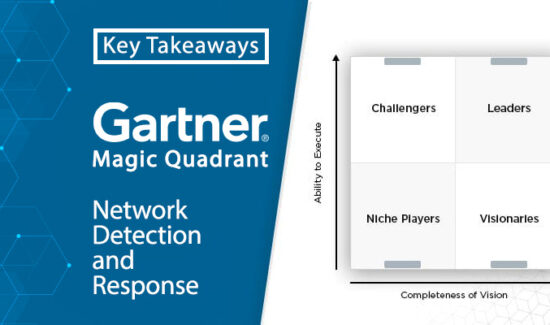DNS Security and Protecting School Networks


Solutions Review’s Contributed Content Series is a collection of contributed articles written by thought leaders in enterprise software categories. Renée Burton of Infoblox says class is in session and educates us on how DNS security can help protect school networks.
Advancements in IoT technologies have revolutionized the education sector, bringing about unprecedented opportunities for learning and collaboration. Online classrooms, digital resources, and interactive learning platforms have enriched learning experiences and expanded educational access for students. The reliance on wi-fi connected devices to modernize education has made IT infrastructure and network performance, in particular, mission-critical for schools. But it has also exposed schools to cyber-attacks, with ransomware looming as a significant threat. In fact, the education sector has become the top target for hackers.
Personally, I experienced this firsthand when my children’s credentials were stolen from their school database. As a high school student, our kid was alerted that one of their gaming accounts had been compromised. After some investigation, it turned out that the school’s database of names, accounts, and passwords had been compromised. Attackers were able to correlate different pieces of information to exploit a number of students’ home accounts for different services. It was suspected that the initial access came from a phishing email to a staff member. Initially surprised that cyber-criminals had taken advantage of a small school system to gain access to other accounts, I learned that this was fairly common.
According to the White House, “In the 2022-23 academic year alone, eight K-12 school districts throughout the country were impacted by significant cyber-attacks – four of which left schools having to cancel classes or close completely.” In addition to the monetary losses, the costs include days of missed learning for students and months of additional recovery time. The good news is that schools can get ahead of cyber-attacks before they happen– by uniting their network services and DNS security.
DNS Security and Protecting School Networks
Find Hidden Threat Signals in Network Traffic
DNS security is your first line of defense before a threat actor can get into the network and through firewalls and other attack vectors. School districts can strengthen defenses by illuminating hidden signals in DNS traffic first that other security solutions fail to catch. Moreover, DNS security solutions offer the flexibility to customize and tailor protections to the unique needs of educational institutions, ensuring a safe and productive digital learning environment for all.
Automate Threat Detection and Response
DNS-tuned threat intelligence and machine-learning techniques can identify and detect communications that are directed to malicious destinations. In fact, these communications can be detected before any connection is established, essentially shutting down the attack before it starts. Over 90 percent of malicious activity on the internet uses DNS. This is because DNS is the first hop or connection that any system or device makes when it is trying to do most things online – email, browsing, accessing applications, etc. If there is malicious activity, it is easy to “nip it in the bud” before it gets through the perimeters. DNS layer security can also fill in gaps in protection by catching threats that some of the other security tools miss, like suspicious lookalike domains. DNS threat actors often operate large, quickly changing networks which are easier to detect and block from DNS than traditional security mechanisms, protecting our school children from inappropriate content, scams, and malware. Not to mention, children are increasingly immersed in the digital world, spending a significant amount of time online for educational, entertainment, and social purposes. This heightened online presence makes them more targeted by certain bad actors on the internet.
Reduce the Spending Cycle of Security
DNS security is a cost-effective way of protecting your network, with time saving automation solutions that unite performance and security and reduce the load on your firewall, as well as your security infrastructure and team. This is particularly important for organizations with tight budgets and small security staffing, like many school districts. The State of Cybersecurity for K-12 School Districts Report from the Center for Internet Security revealed that the average school delegates only eight percent of its IT budget to security, and 20 percent of schools spend less than one percent on security.
Increase Network Visibility
Cloud computing has transformed education. With the digital and remote learning experiences taking off, schools more frequently send and access data in the cloud. This also means massive quantities of sensitive data are crossing the networks. School districts can secure their networks as they grow more distributed with ubiquitous visibility of who and what connects to their network, plus automated provisioning that seamlessly enforces security policies across cloud environments. By creating visibility and ensuring control within their network, schools can better mitigate and detect threats earlier in the threat lifecycle.
Final Thoughts on DNS Security in Schools
In summary, safeguarding school networks against the rising tide of cyber threats is imperative for maintaining the integrity and continuity of education in the digital age. Implementing robust DNS security measures can significantly mitigate the risk of data breaches, offering schools a shield against a wide array of online threats. The ability to monitor and control network activities in real-time, especially as data traverses cloud environments, empowers schools to better detect and mitigate threats at an early stage. Moreover, the cost-effectiveness of DNS security is a boon for resource-constrained school districts.
As students and staff step into the next generation of learning, a strong cybersecurity posture will ensure that education remains a beacon of knowledge and growth, untarnished by the shadow of cyber threats




















